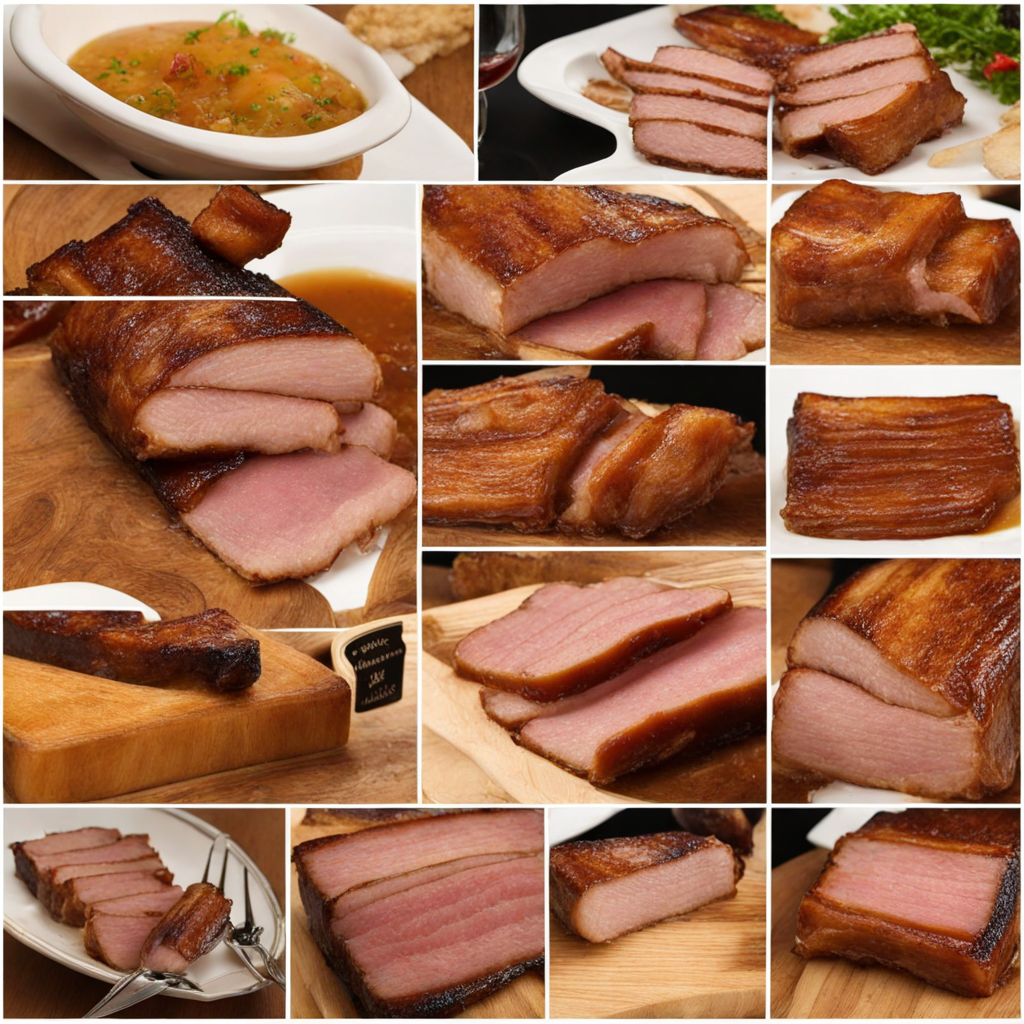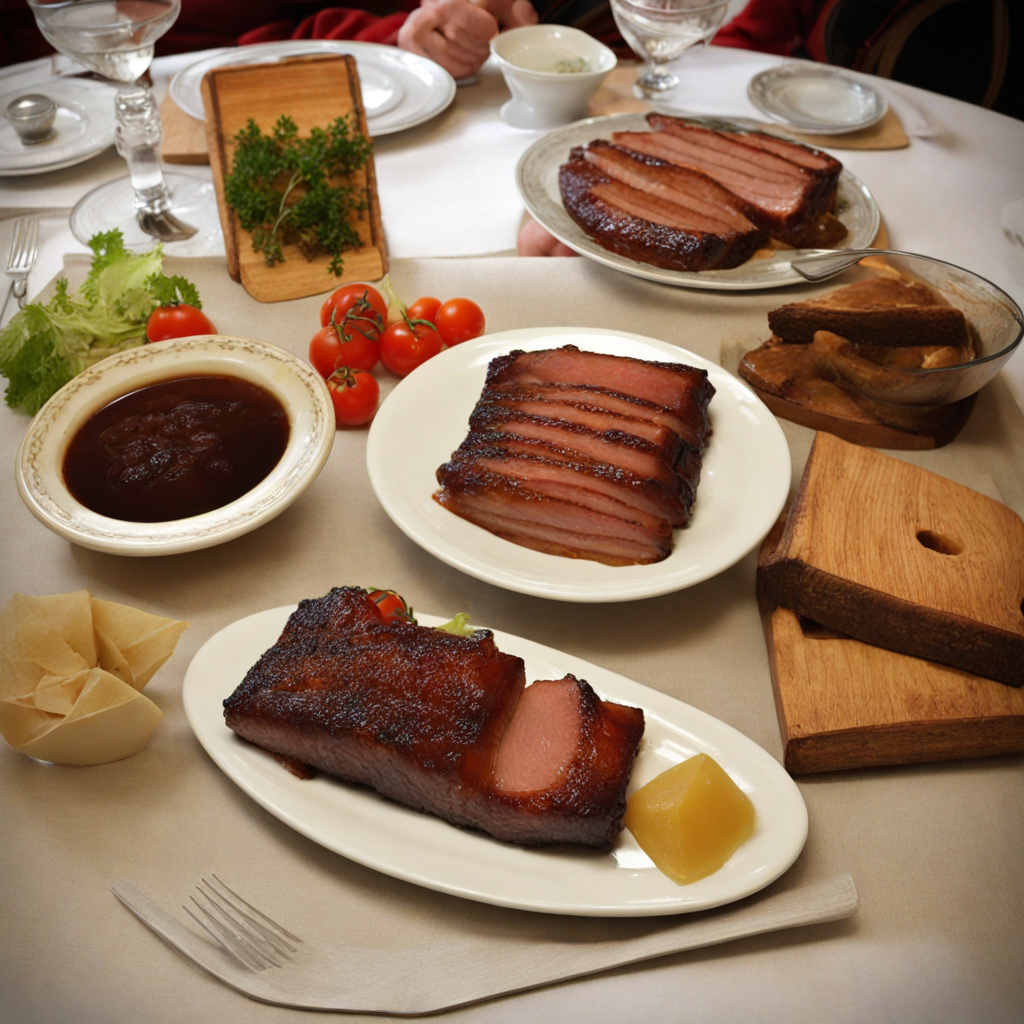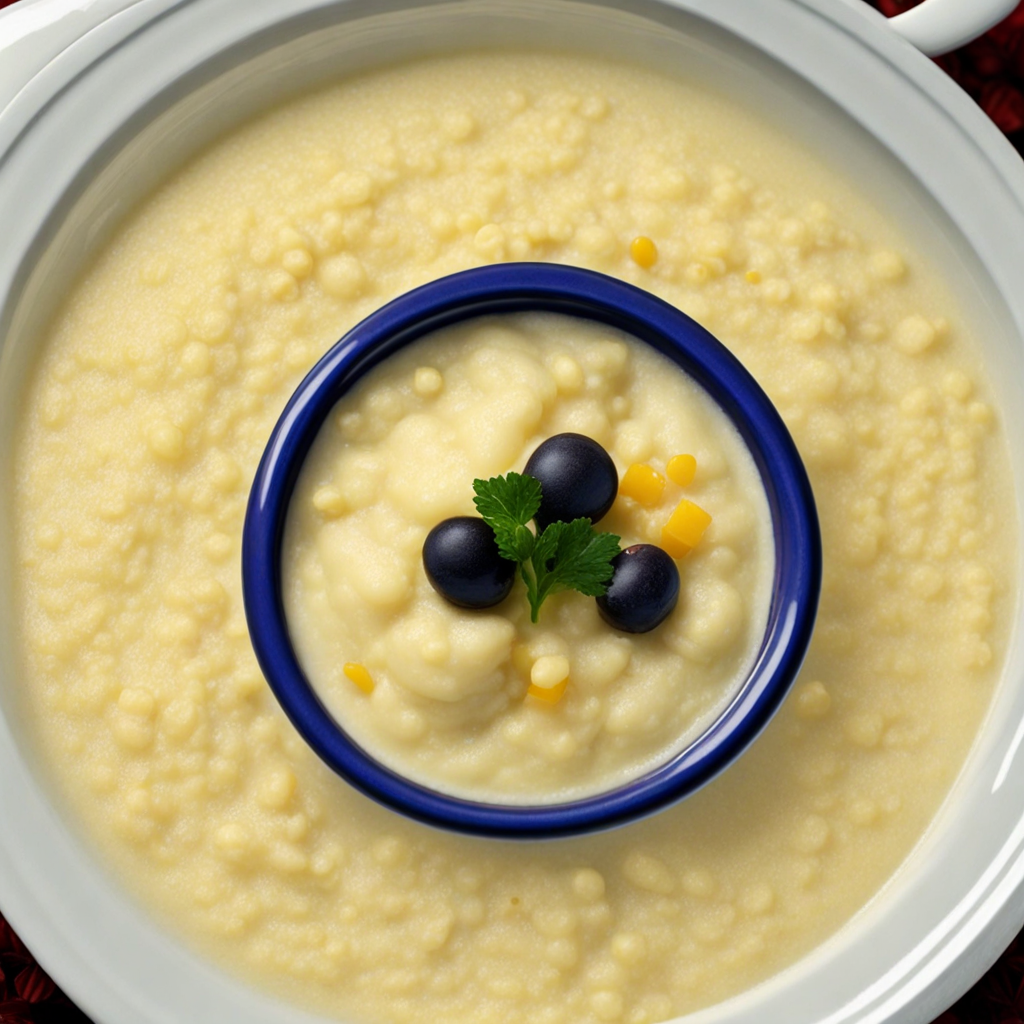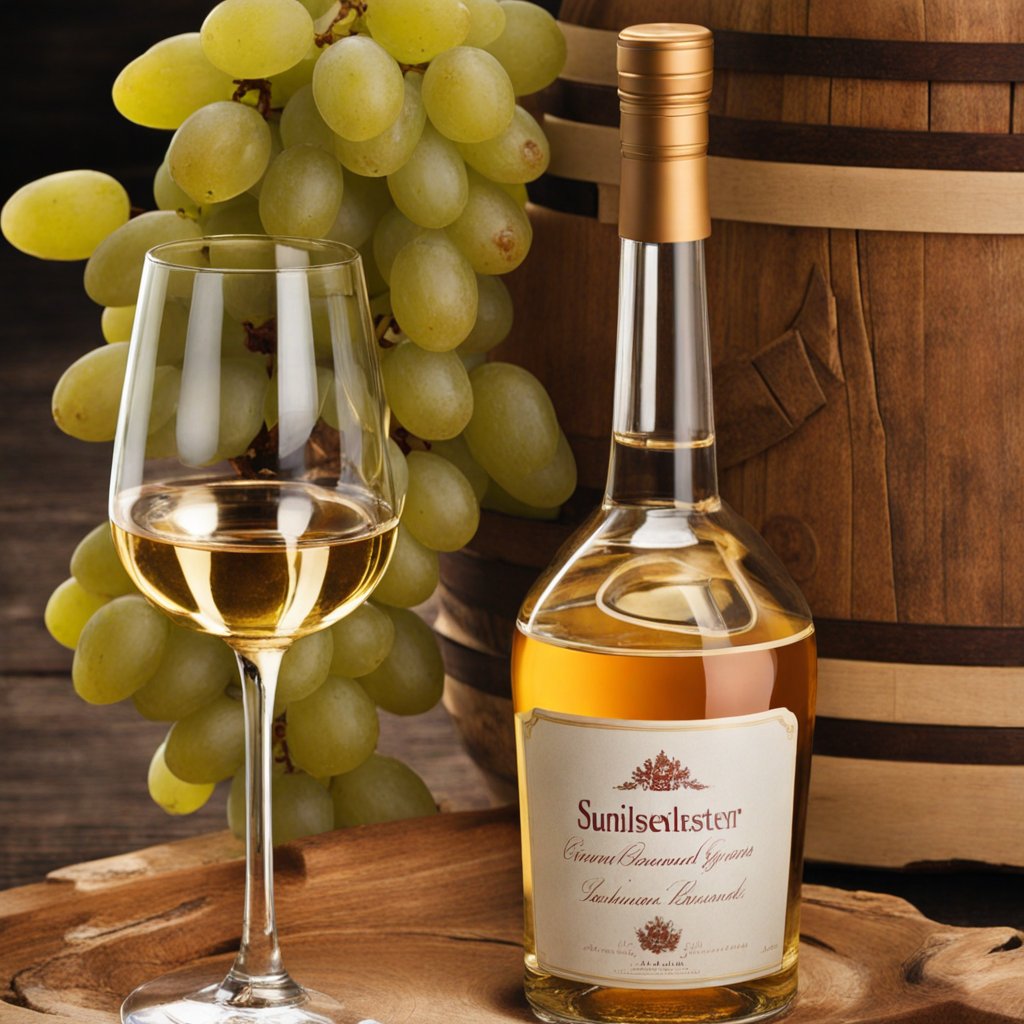Torkarebl
Torkarebl is a delightful dish hailing from the picturesque landscapes of Liechtenstein, characterized by its vibrant layers of flavors and textures. The base of Torkarebl is made from a combination of finely grated potatoes and creamy cheese, which are expertly blended to create a smooth, hearty mixture. This unique blend is then shaped into small patties that are pan-fried to golden perfection, resulting in a crispy exterior that contrasts beautifully with the tender, melt-in-your-mouth filling. The use of locally sourced ingredients, particularly the rich cheeses from the region, adds a distinctively rich flavor that elevates this dish to a culinary gem. The dish is often served with a variety of accompaniments that enhance its already complex taste profile. Traditional pairings include a fresh garden salad dressed with a tangy vinaigrette, which provides a refreshing counterpoint to the richness of the Torkarebl. Additionally, a side of homemade applesauce or lingonberry jam adds a touch of sweetness that beautifully balances the savory elements of the dish. Each bite offers a delightful medley of flavors, making Torkarebl a versatile option for both casual dining and special occasions. Torkarebl is not only a feast for the palate but also a celebration of Liechtenstein's culinary heritage. It is often enjoyed in the company of friends and family, embodying the spirit of warmth and togetherness that is central to the region's culture. As you explore this dish, you'll find that it tells a story of tradition, showcasing the artistry and passion of Liechtenstein's skilled cooks. Discovering Torkarebl is not just about tasting food; it's about experiencing a slice of Liechtenstein's heart and soul.
How It Became This Dish
Torkarebl: A Culinary Tradition of Liechtenstein Introduction Nestled between Switzerland and Austria, the small principality of Liechtenstein boasts a rich cultural heritage that is often overshadowed by its more prominent neighbors. Among its culinary gems is a traditional dish known as Torkarebl, a hearty and flavorful preparation that reflects the agricultural roots and communal spirit of this Alpine nation. This essay explores the origins, cultural significance, and evolution of Torkarebl, illustrating how this dish remains a cherished part of Liechtenstein's identity. Origin of Torkarebl The name Torkarebl is derived from the German word "Tork," which means "to tear" or "to pull," and "Reble," which refers to "turnips." This dish primarily features turnips, particularly those varieties that thrive in the cooler climates of the Alpine region. Turnips have been cultivated in Europe for centuries, dating back to ancient times, and they have served as a staple food in many rural communities. In Liechtenstein, Torkarebl is often associated with the winter months when fresh vegetables were scarce. The dish embodies the resourcefulness of the local population, who would rely on preserved and hardy ingredients to sustain themselves through the harsh winters. Traditionally, Torkarebl was prepared using turnips that were harvested late in the autumn and stored throughout the winter months, showcasing the importance of seasonal eating and food preservation in Liechtenstein's culinary practices. Cultural Significance Torkarebl is more than just a dish; it is a symbol of communal eating and the strong ties within family and community life in Liechtenstein. Traditionally, it was served during communal gatherings, such as harvest festivals and family celebrations, highlighting the importance of sharing food as a means of fostering relationships and celebrating local culture. The preparation of Torkarebl often involves multiple family members working together, whether in the peeling of turnips or the simmering of the dish. This collective effort not only strengthens familial bonds but also serves as a way to pass down culinary traditions from one generation to the next. In this sense, Torkarebl is a living history, a dish that carries with it stories, memories, and cultural pride. Moreover, Torkarebl reflects the agricultural landscape of Liechtenstein. The principality is characterized by its picturesque valleys and mountains, where small-scale farming is prevalent. Many families grow their own vegetables, and Torkarebl often incorporates other locally sourced ingredients, such as potatoes, carrots, and various herbs. This connection to the land reinforces a sense of identity and highlights the importance of sustainable practices in Liechtenstein’s culinary culture. Evolution Over Time As with many traditional dishes, Torkarebl has evolved over the years. While the classic preparation remains a staple, contemporary interpretations have emerged, influenced by modern culinary techniques and global flavors. Chefs in Liechtenstein’s burgeoning gastronomy scene have sought to elevate Torkarebl, integrating it into fine dining menus while keeping the essence of the dish intact. In its traditional form, Torkarebl is typically a simple dish, made by boiling turnips and other root vegetables until tender, then mashing or roughly chopping them together. The dish is often seasoned with salt and pepper and may be enriched with butter or cream, adding a creamy texture that complements the earthiness of the turnips. It is frequently served alongside meats, particularly hearty stews or sausages, creating a comforting and satisfying meal. Contemporary versions of Torkarebl may include additional ingredients such as smoked meats, cheese, or even spices that reflect global culinary influences. For instance, some chefs have experimented with incorporating herbs like thyme or rosemary, which were not traditionally used in the dish, to add depth and complexity. Others have taken inspiration from international cuisines, introducing spices such as cumin or paprika, showcasing the adaptability of Torkarebl in a globalized culinary landscape. The rise of farm-to-table dining has also contributed to the evolution of Torkarebl. As Liechtenstein embraces sustainable agriculture and local sourcing, chefs are more motivated than ever to highlight the freshness of their ingredients. This has led to a resurgence of traditional dishes, including Torkarebl, as restaurants aim to connect diners with the local landscape and its agricultural bounty. Torkarebl in Modern Liechtenstein Today, Torkarebl is celebrated in Liechtenstein not just as a dish but as a cultural artifact. Food festivals, particularly those focusing on local produce and traditional recipes, often feature Torkarebl as a highlight. These events serve as a platform for preserving the culinary heritage of Liechtenstein while simultaneously promoting modern interpretations that appeal to younger generations. Additionally, the increasing awareness of food history and culinary traditions has fostered a renewed interest in Torkarebl among local cooks and chefs. Cookbooks focused on Liechtenstein cuisine have begun to include Torkarebl recipes, encouraging families to recreate this dish in their homes and ensuring that the tradition continues for future generations. Social media has also played a role in revitalizing interest in Torkarebl. With the rise of food blogging and Instagram, home cooks and chefs alike share their versions of Torkarebl, often accompanied by stunning visuals that highlight the dish’s rustic charm. This online presence not only promotes the dish beyond the borders of Liechtenstein but also inspires a sense of culinary pride among locals. Conclusion Torkarebl is more than just a dish; it is a testament to the history, culture, and agricultural practices of Liechtenstein. Its origins rooted in necessity and communal living have given way to a modern interpretation that embraces both tradition and innovation. As Liechtenstein continues to navigate the complexities of globalization, Torkarebl remains a cherished symbol of its culinary heritage—a dish that tells the story of the land, its people, and their enduring connection to food.
You may like
Discover local flavors from Liechtenstein







